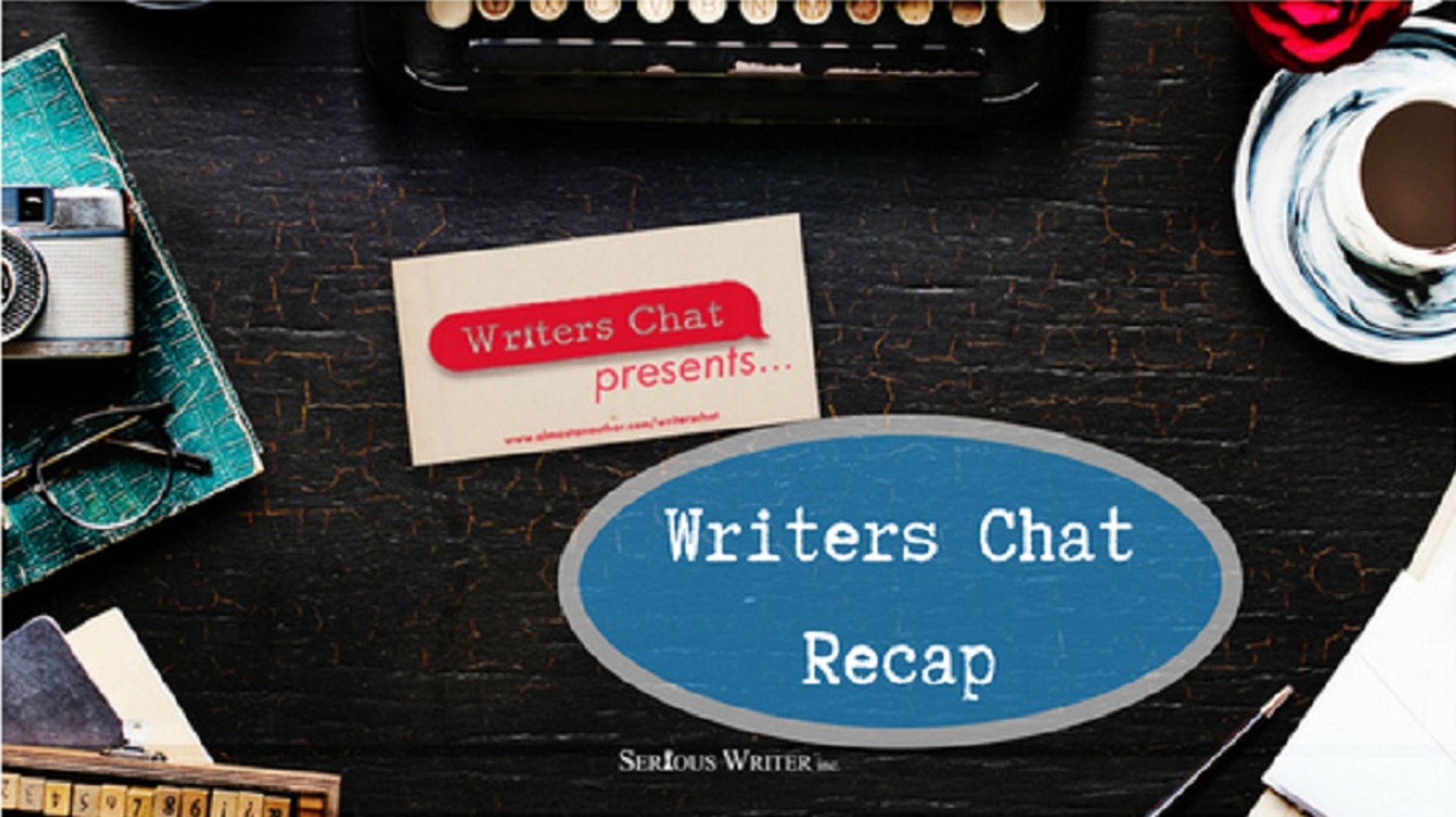
Writers Chat
Writers Chat Recap for March Part 1
Writers Chat, hosted by Johnnie Alexander, Brandy Brow, and Melissa Stroh is the show where we talk about all…
March 17, 2024
Writers Chat, hosted by Johnnie Alexander, Brandy Brow, and Melissa Stroh is the show where we talk about all…
March 17, 2024
A headline is the title of an article or any other publication the purpose of which is to get…
March 19, 2023
Writing a novel is hard work and takes time. Writing a Historical Fiction novel may require more time and…
October 20, 2020
Writers Chat, hosted by Jean Wise, Johnnie Alexander, and Bethany Jett, is the show where we talk about all…
March 2, 2020
One of the joys (and frustrations) of the English language is how it ebbs, flows, and changes. Unlike dead…
September 14, 2019